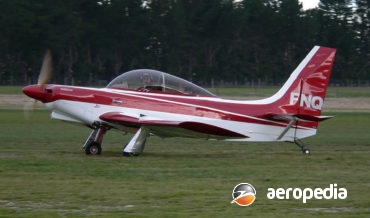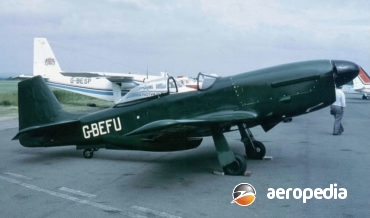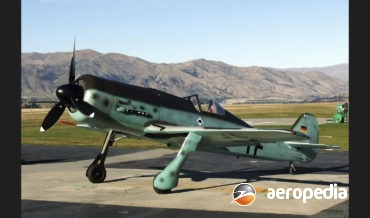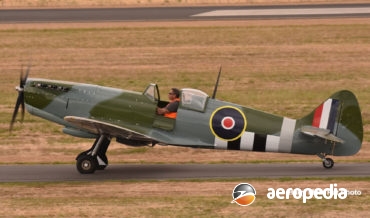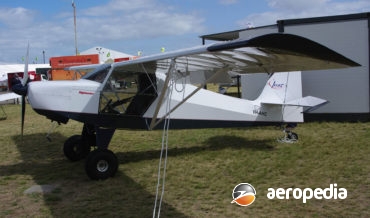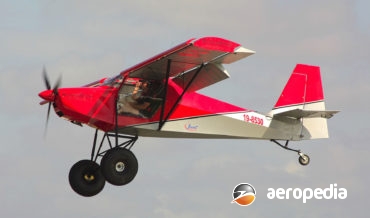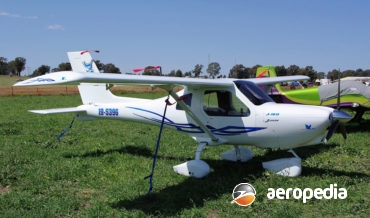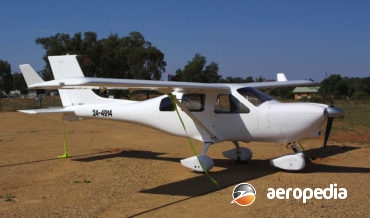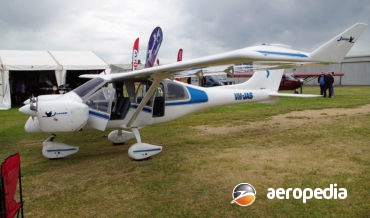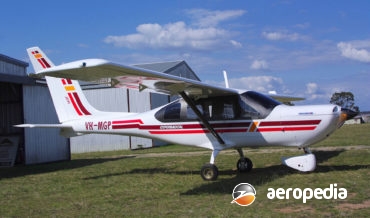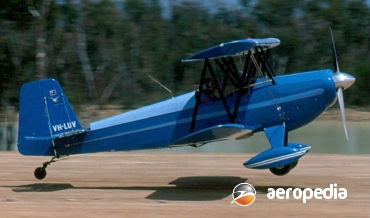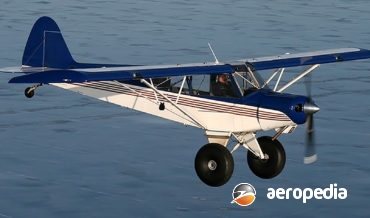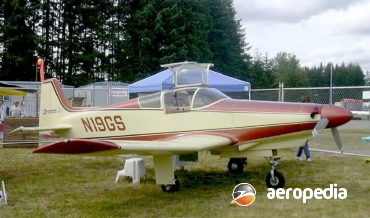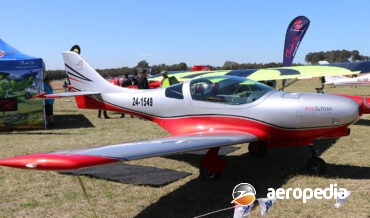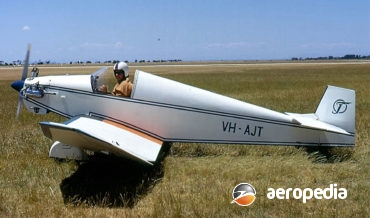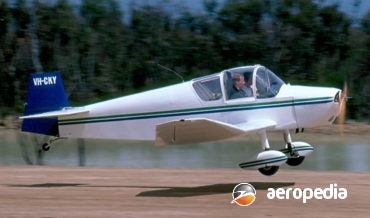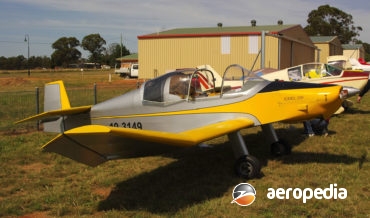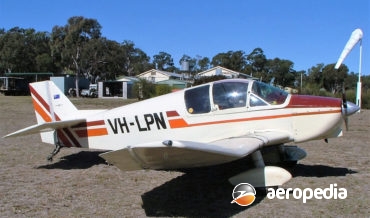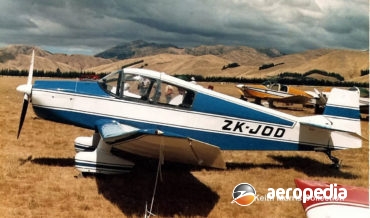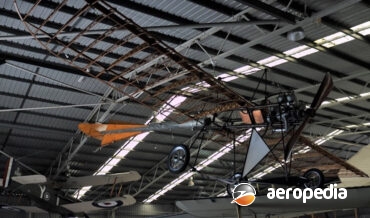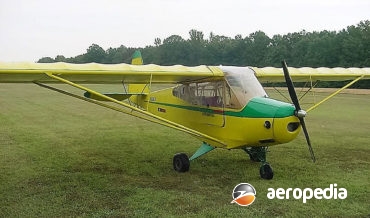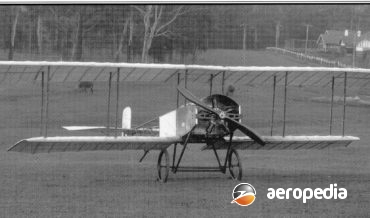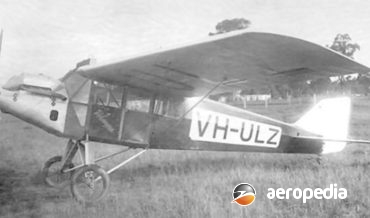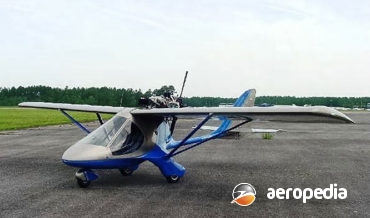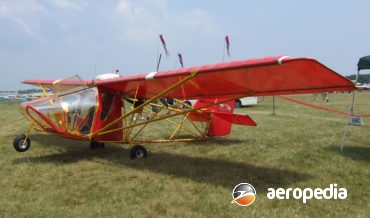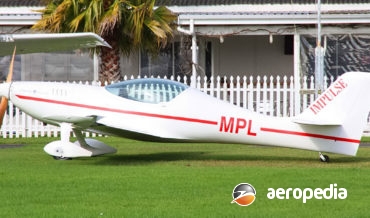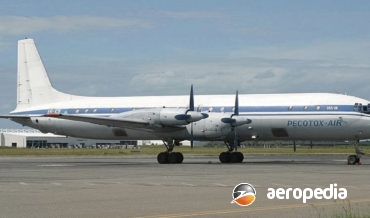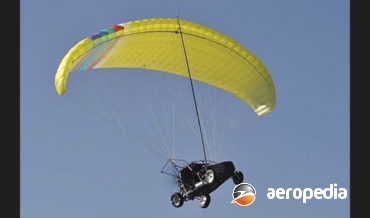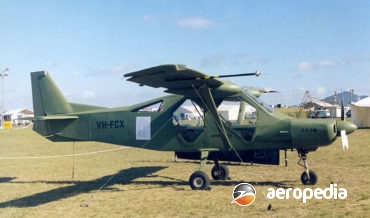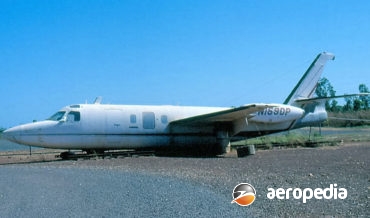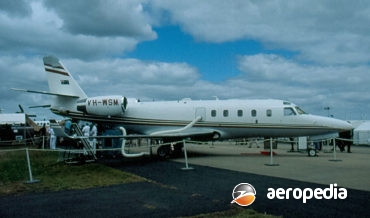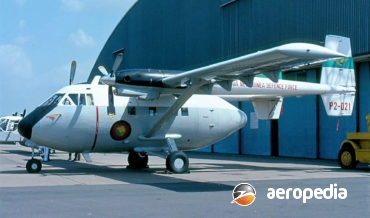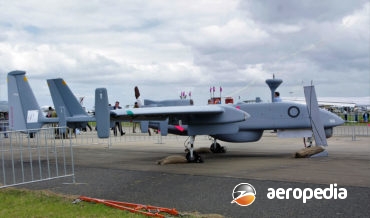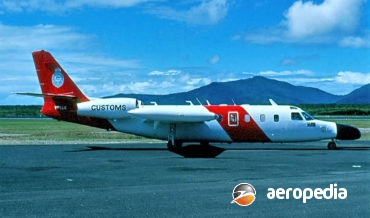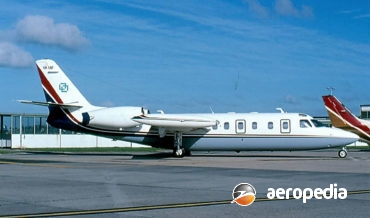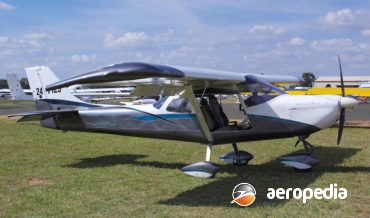David C. Eyre
On 27 June 1956 the prototype of a single-seat light monoplane, designed by M Marcel Jurca for amateur construction, was flown in France.
David C. Eyre
- May 8, 2019
The Gnatsum (Mustang spelt backwards) is a 2/3rdscale replica of the North American P-51 Mustang
David C. Eyre
- May 8, 2019
The Jurca MJ-8 and MJ-80 are amateur-built scale replicas of the World War II Focke Wulf Fw-190 fighter aircraft, the former being to 75% scale and the latter full scale.
David C. Eyre
- May 8, 2019
The MJ-10 is a 75% scale replica of the Supermarine Spitfire designed by the late Marcel Jurca in France and is made available in plan form for construction by amateur builders.
David C. Eyre
- May 8, 2019
The Gnatsum series of aircraft was designed and built in France by Marcel Jurca and the name Gnatsum is Mustang reversed.
David C. Eyre
- May 8, 2019
The Escapade and Highlander are produced by Just Aircraft as light sporting aircraft in kit-plane form at the company’s premises at Walhalla in South Carolina.
David C. Eyre
- May 8, 2019
The Just Aircraft SuperStol is a development of the company’s Highlander developed for the amateur-built market and it was designed and marketed by Just Aircraft of Walhalla
David C. Eyre
- May 8, 2019
The Jabiru J-120 is one of a range of light aircraft designed in Australia and built by Jabiru at its facility at Bundaberg in Queensland for the recreational aviation market in Australia.
David C. Eyre
- May 8, 2019
The J160 was designed to meet JAR-VLA European airworthiness standards by Jabiru Aircraft Pty Ltd of Bundaberg, QLD.
David C. Eyre
- May 8, 2019
The Jabiru J230 series is the culmination of the series fitted with a six-cylinder Jabiru engine and aimed at the registered general aviation market.
David C. Eyre
- May 8, 2019
In about 2012 Jabiru Aircraft of Bundaberg, QLD was looked at extending its range of aircraft and looked at building a helicopter and a twin-engine variant of the Jabiru light sporting aircraft.
David C. Eyre
- May 8, 2019
One of a range of light aircraft produced by Jabiru at its facility at Bundaberg, QLD, the J-430 series is larger than previous models and was designed to seat either two or four and operate as a touring aircraft for the buyer.
David C. Eyre
- May 8, 2019
The Wichawk is a sporting biplane designed by the Javelin Aircraft Co of Wichita, Kansas, for the amateur builder.
David C. Eyre
- May 8, 2019
The Super Cub is provided in kit form by Javron Aviation, a division of Javron Precision Machining of Brainerd, Minnesota.
David C. Eyre
- May 8, 2019
The Barracuda was designed by Geoffrey Siers, a former RAF pilot and design engineer with British Aerospace, who moved to the United States in 1964.
David C. Eyre
- May 8, 2019
The VL-3 Evolution was marketed by Jean-Marie and Jean-Baptiste Guisset who operated a training organisation in Belgium, they taking over the operation of the airfield in 1980.
David C. Eyre
- May 8, 2019
The Societe des Avions Jodel, formed in 1946, designed and built the single-seat Model D-9 Bebe light monoplane as a cheap, easy-to-build-and-fly aircraft for amateur constructors.
David C. Eyre
- May 8, 2019
Designed as a two-seat development of the Jodel D-9, the D-11 became the basic model in a series of Jodel two-seat, light aircraft designs for amateur and commercial production.
David C. Eyre
- May 8, 2019
The D-18 Sovereign was derived from the Jodel D-11 series but it is smaller and lighter all round so that it may be fitted with smaller engines, ie in the 41-kw (55-hp) to 60-kw (80-hp) class.
David C. Eyre
- May 8, 2019
The D-112 Club series was developed from the D-11 Club series, embodying some major design refinement, in the late 1960s, being the most popular of the Jodel series of light touring and sporting monoplanes in France
David C. Eyre
- May 8, 2019
Photograph: Jodel D-150 Sky Prince VH-LPN (c/n N189) at Wedderburn, NSW in August 2005 (David C Eyre) Country of origin: France Description: Two-seat light sport monoplane Power Plant: One 78 kw (105 hp) Potez 4 E20 four-cylinder in-line air-cooled engine Specifications: Wingspan: 8.15 m (26 ft 9 in) Length: 6.3
David C. Eyre
- May 8, 2019
Photograph: Jodel DR-1050M Sky King VH-KVC (c/n V67) at Narromine, NSW in September 2012 (David C Eyre) Country of origin: France Description: Three-seat light touring monoplane Power Plant: One 75 kw (100 hp) Continental O-200A four-cylinder horizontally-opposed air-cooled engine Specifications: Wingspan: 8.72 m (28 ft 7½ in) Length: 6.35 m
David C. Eyre
- May 8, 2019
Photograph: Jodel DR-1051 Sicile Record ZK-JOD (c/n 350) in June 1988 (Keith Morris –NZCIVAIR) Country of origin: France Description: Two-seat light sport monoplane Power Plant: One 78 kw (105 hp) Potez 4 E-20A four-cylinder air-cooled engine Specifications: Wingspan: 8.72 m (28 ft 7½ in) Length: 6.5 m (20 ft 10
David C. Eyre
- May 8, 2019
Photograph: Replica of the Johnson Brothers Monoplane at Caboolture, QLD after assembly in 2021 (Eleonore Eyre) Country of origin: United States of America Description: Single-seat monoplane Power Plant: One 48 kw (65 hp) Johnson four-cylinder two-cycle VEE engine Specifications: Wingspan: 10.97 m (36 ft) Length: 10.36 m (34 ft) Weight:
David C. Eyre
- May 8, 2019
Like many ultralight aircraft in recent times
David C. Eyre
- May 8, 2019
In 1907 L J R (Leslie John Robert) Jones was born on 4 June 1886 at Bathurst
David C. Eyre
- May 8, 2019
Leslie John Robert Jones, in conjunction with Dr N P Boulton, in 1927 commenced the design and construction, and later testing
David C. Eyre
- May 8, 2019
The Skyboy two-seat light touring and training aircraft is available in kit form from Interplane SRO in Letiste Zbraslavice in the Czech Republic.
David C. Eyre
- May 8, 2019
The T-Bird is a light aircraft aimed at the ultra-light market and is described as agile and stable. It has been manufactured in the United States by Indy Aircraft at Independence in Indiana and has been in production for over 25 years in various forms.
David C. Eyre
- May 8, 2019
The Impulse is a high-performance German designed light aircraft aimed at the ultralight market but which may be completed to meet general aviation regulations.
David C. Eyre
- May 8, 2019
In 1955 the Soviet Council of Ministers directed engine builders Kuznetsov and Ivchenko to develop new turboprop engines, and Ilyushin and Antonov to design an airliner to use these engines.
David C. Eyre
- May 8, 2019
On 28 September 2010 the FAA in the United States issued a Light Sport Aircraft Certificate to the Maverick Sport light aircraft, this being a new variant of what had become known as the Flying dune buggy, a flying car developed by Steven Saint and his partners at Indigenous People’s
David C. Eyre
- May 8, 2019
The Mamba was named after the company which conceived the design, the Melbourne Aircraft Manufacturing Basic Aircraft Project, and the prototype VH-JSA (c/n P-001) first flew on 25 January 1989 fitted with a 87-kw (116-hp) Textron Lycoming O-235 engine.
David C. Eyre
- May 8, 2019
In 1961 the Bethany Division of Aero Commander announced it would develop a new high-speed executive transport to be known as the Jet Commander 1121.
David C. Eyre
- May 8, 2019
The Astra SP and SPX series is a descendant of the Westwind, of which more than 440 examples were built.
David C. Eyre
- May 8, 2019
The Arava was designed by Israel Aircraft Industries as a STOL light transport for civil and military use and it was produced in two variants, the IAI-101 and the IAI-201, examples being supplied to a number of air forces.
David C. Eyre
- May 8, 2019
The Heron, or Machatz-1, is an un-manned aerial vehicle developed by the Malat division of Israel Aircraft Industries to fulfil the role of medium altitude long-endurance operations in the Middle East, being able to fly at altitudes up to 10,668 m (35,000 ft) and remain in the air for up
David C. Eyre
- May 8, 2019
In 1976 IAI began to promote a maritime reconnaissance variant of the Westwind 1124N using experience it had gained from the Model 1123, a variant of which was developed to meet a US Coast Guard requirement, a competition being held, but which lost out to the Dassault Falcon 20.
David C. Eyre
- May 8, 2019
Designed by the Aero Commander company in the USA as a jet executive transport to augment its range of business and executive aircraft, the first of two Aero Commander 1121 prototypes was flown for the first time on 27 January 1963, followed by the second prototype on 14 April 1964.
David C. Eyre
- May 8, 2019
The GS240 was an all-metal, high-wing, two-seat light sport aircraft built by IBIS aircraft. Built to the specifications and performance required by the American Light Sport Aircraft category, it was made available on the US Market in “Quick-build kit” form which met the 51% rule, and also permitted the
David C. Eyre
- May 8, 2019
Recent Comments
Archives
Categories
- No categories
Categories
- No categories
Latest Posts
Newsletter

